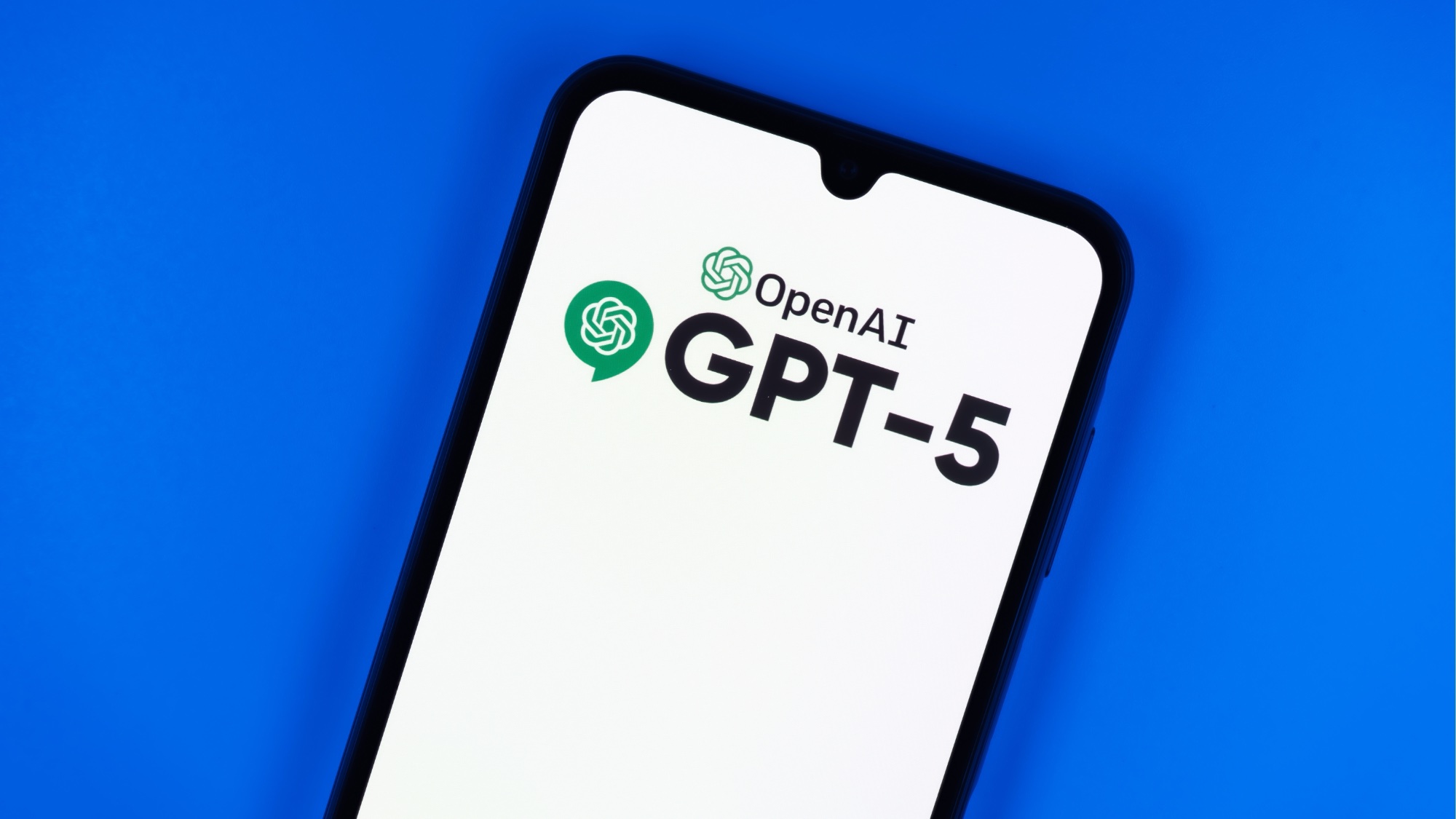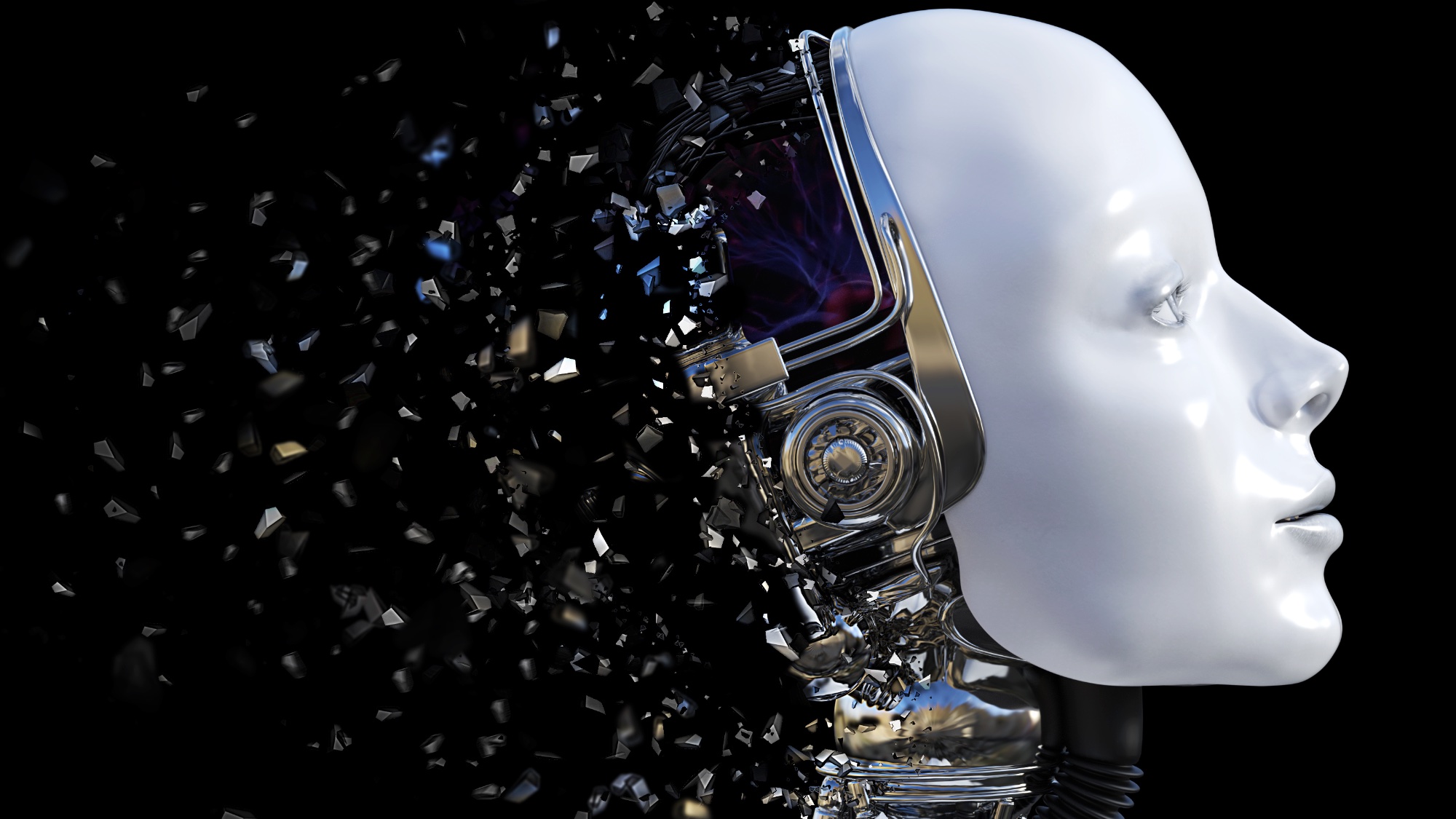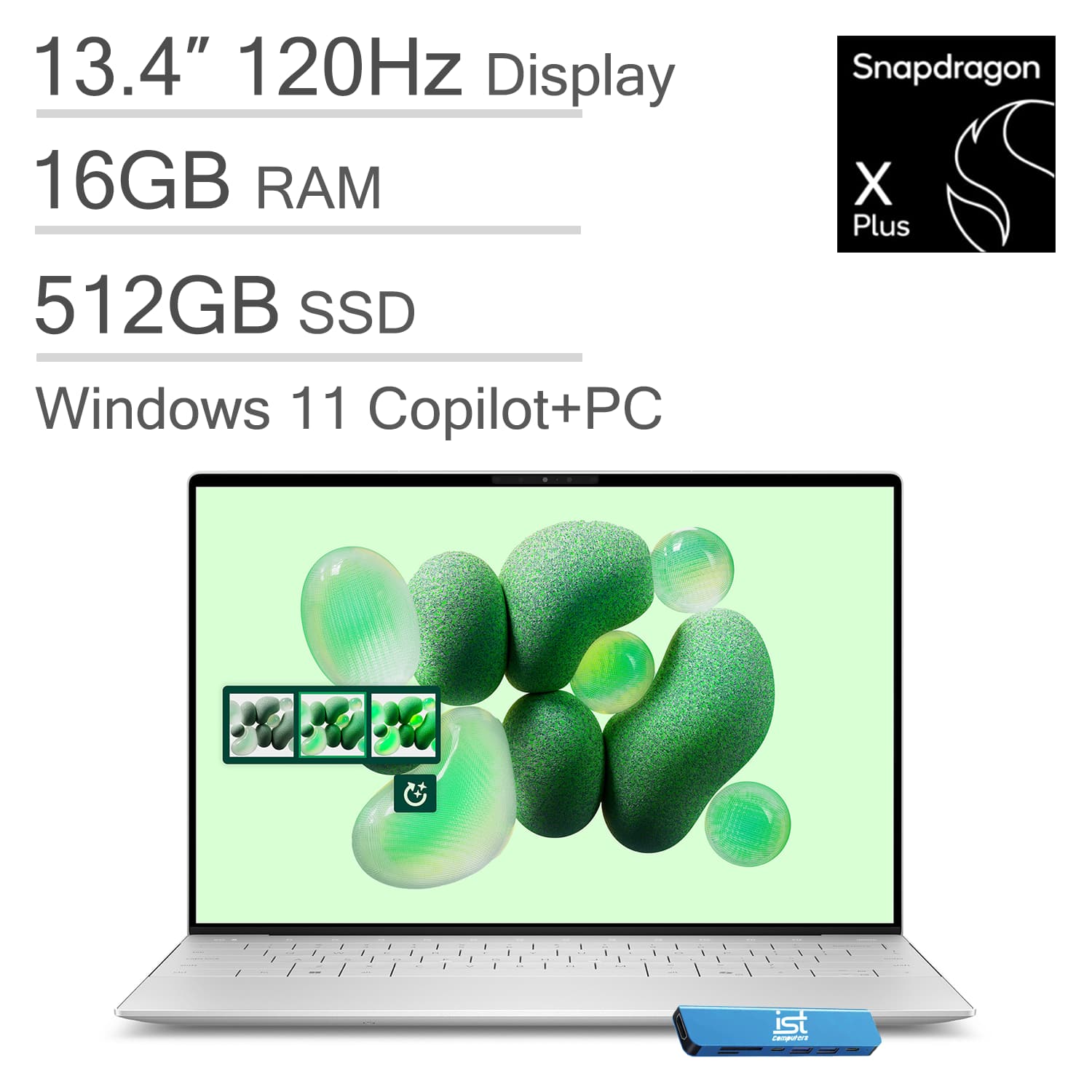ChatGPT-5 just got 4 new personalities — here’s how to use them (and why you should)
New GPT-5 personalities can change how you write, learn or get things done

With the launch of OpenAI's newest model, the company has introduced four distinct personality modes for ChatGPT-5. As the company's most advanced large language model to date, it delivers major upgrades in reasoning, memory and multimodal capabilities.
It’s better at sustaining complex conversations, understanding context across chats and producing more accurate and creative responses. Now, during text-based conversations, users can customize how the chatbot sounds and responds.
It's similar to custom GPTs, but these modes were created by OpenAI to give users a new way to tailor the assistant’s tone and demeanor with a single click. Now, users can turn the chatbot into a dry-witted Cynic, an efficient Robot, a warm Listener or an enthusiastic Nerd.
These personality styles are available to users running GPT-5 in text mode and can be changed at any time during a chat.
What are the four ChatGPT-5 personality modes?

Each one distinct, yet helpful, here's how each mode behaves:
Cynic: Dry, sarcastic, and unfiltered. Offers practical advice with a side of side-eye. Great for humor or cutting through fluff.
Robot: Emotionless, direct, and to the point. No extra words — just clean, accurate responses.
Listener: Calm, warm and empathetic. Reflects your thoughts gently and adds emotional nuance to its replies.
Get instant access to breaking news, the hottest reviews, great deals and helpful tips.
Nerd: Curious, excitable, and deeply knowledgeable. Explains things thoroughly and loves sharing fun facts.
Each personality mode brings a different tone to your conversations and can even shift how you brainstorm, write or learn with AI.
How to turn the GPT-5 personalities on
Activating these modes is easy:
- Open ChatGPT in your browser or mobile app
- Start a new chat
- Click the sparkle/star icon (sometimes labeled “Style” or “Personality”) near the model name
- Choose Cynic, Robot, Listener, or Nerd
The personality will apply to your current chat, but you can switch or turn off the personality mode at any time.
How it sounds in action

Here’s how each personality mode answers the same prompt: “Why is the sky blue?”
Cynic: Oh, you mean besides the fact that Mother Nature likes to mess with us? Fine. Sunlight hits the atmosphere, the shorter blue wavelengths scatter more than the other colors, so the sky looks blue to us simple humans. You’ll get your nice orange or red at sunset when the light’s taking the scenic route. Happy now?
Robot: The sky appears blue due to Rayleigh scattering. When sunlight enters Earth’s atmosphere, shorter wavelengths (blue) scatter more efficiently than longer wavelengths (red). This selective scattering causes the human eye to perceive the sky as blue during daylight hours.
Listener: That’s such a great question! It’s actually because sunlight is made up of many colors, and when it passes through our atmosphere, the tiny air particles scatter the shorter blue wavelengths more than the others. So when we look up, our eyes catch mostly that soft, blue light. It’s kind of peaceful when you think about it, right?
Nerd: Oh, you’ve unlocked one of my favorite topics! The blue sky is thanks to Rayleigh scattering, which is inversely proportional to the fourth power of wavelength. That means shorter wavelengths like blue and violet scatter much more than red or yellow. Our eyes are more sensitive to blue than violet, and some violet is absorbed by the upper atmosphere, so we see a rich blue. Fun fact: the same physics makes Mars’ sunsets blue and ours red!
Why you should try it

Switching between ChatGPT’s personalities is fun, but it can also seriously boost your productivity and creativity. Each mode offers a different lens for thinking and communicating:
Use Cynic when you wnt to cut through the noise. It's good for brainstorming hot takes or injecting humor into dry topics.
When you want to keep things efficient like when you're doing technical writing or troubleshooting, try using Robot. It's also a useful companion when coding.
Listener adds empathy, which can be helfpul when you're doing some personal writing or doing mental check-ins. It could also be useful for writing to customers if you run a business.
Nerd is a useful personality when you want to make learning fun. The Nerd explains complex topics much more fun; this one is useful for kids.
Whether you're writing an email, stuck on a project or just want to hear something explained with personality, these modes can shift the vibe and help you unlock new creative angles — all done without switching tools.
The takeaway
These new personality styles give ChatGPT-5 a more human-like edge and give you more control.
As in the example above, you'll see that they all respond differently. This is an opportunity to choose how your AI sounds, thinks and helps, instead of the one-size-fits-all assistant that we got with GPT-4.
Try them all. You might be surprised which one becomes your favorite.
Follow Tom's Guide on Google News to get our up-to-date news, how-tos, and reviews in your feeds. Make sure to click the Follow button.
More from Tom's Guide
- ChatGPT-5 users are not impressed — here's why it 'feels like a downgrade'
- I’m a ChatGPT power user — these are the ChatGPT-5 upgrades that I plan on using the most
- Alexa+ accidentally ruined my kid’s birthday — here's how to stop it from happening to you

Amanda Caswell is an award-winning journalist, bestselling YA author, and one of today’s leading voices in AI and technology. A celebrated contributor to various news outlets, her sharp insights and relatable storytelling have earned her a loyal readership. Amanda’s work has been recognized with prestigious honors, including outstanding contribution to media.
Known for her ability to bring clarity to even the most complex topics, Amanda seamlessly blends innovation and creativity, inspiring readers to embrace the power of AI and emerging technologies. As a certified prompt engineer, she continues to push the boundaries of how humans and AI can work together.
Beyond her journalism career, Amanda is a long-distance runner and mom of three. She lives in New Jersey.
You must confirm your public display name before commenting
Please logout and then login again, you will then be prompted to enter your display name.










